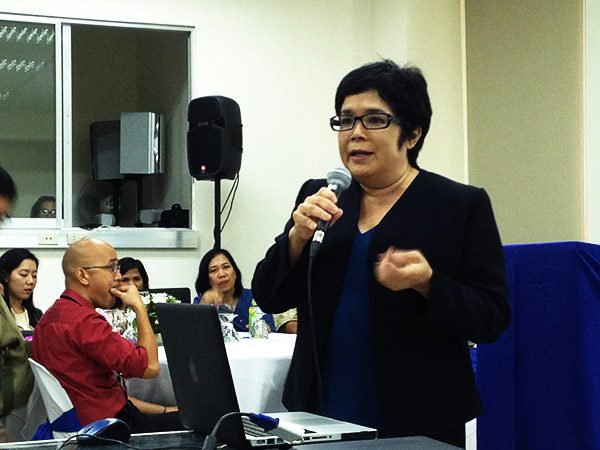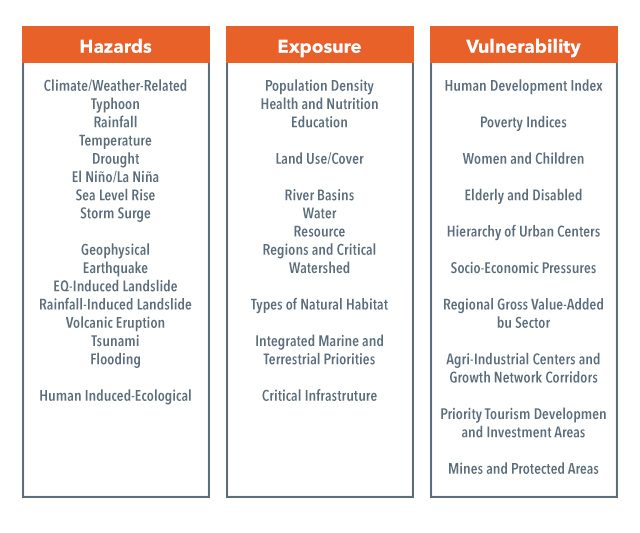SUMMARY
This is AI generated summarization, which may have errors. For context, always refer to the full article.

MANILA, Philippines – How can civil society organizations (CSO) and non-governmental organizations (NGO) help communities in reducing of disaster risks?
“Disaster risk reduction is not a humanitarian question. It is a development priority,” Manila Observatory executive director Antonia Loyzaga said on Thursday, October 1, during a forum on the role of CSOs and NGOs in building resilience.
Loyzaga also stressed the need to have science-informed disaster risk reduction measures, as well as the importance of understanding every community’s needs.
“We need to understand the needs of coastal communities, for example, because they will not evacuate. Rather, what need to be in the area are safe buildings,” she explained.
Safe buildings are structures that are able to withstand disasters. Among coastal areas, these are designed to have the first two floors empty in order to accommodate flooding and tsunami.
These are investments that the government should make, according to Loyzaga, as a huge percentage of the population live in low-lying areas.
Moreover, she emphasized the need to embed science in local governments’ land use policies and infrastructure planning to mitigate disasters. “DRR is a question of nation-building. Resilience needs to be looked at different perspectives,” she added.
Mainstreaming science
Currently, the Philippines ranks second next to Vanuatu in Costa Rica in the 2014 World Risk Index report, which traced risk patterns to increased urbanization.
Clarifying that natural hazards do not necessarily equate to disasters, Dr Loyzaga explained that disasters occur when hazards impact vulnerable people.
“Hazard maps are not the problem, it is vulnerability. We should have an exposure map,” Loyzaga said. Factors that increase risks include population density, socio-economic pressures, and infrastructure, among others.
 Meanwhile, Simbahang Lingkod ng Bayan executive director Fr Xavier Alpasa called for the mainstreaming of science among CSOs and NGOs. “We cannot act without science,” he argued.
Meanwhile, Simbahang Lingkod ng Bayan executive director Fr Xavier Alpasa called for the mainstreaming of science among CSOs and NGOs. “We cannot act without science,” he argued.
Better coordination
As community preparedness is vital to resilience, Office of Civil Defense director Liza Cañada stressed the need to enhance the capacities of communities with the help of CSOs and NGOs. (READ: LGUs, NGOs unite for disaster risk reduction)
“We need to capacitate the community,” Cañada said. “That is why we have a community-based DRRM approach.”
The civil defense director acknowledged that there are ongoing engagements with CSOs and NGOs in terms of preparedness and prevention. When asked to zero in their role in the advent of disasters, Cañada said that the organizations need to enhance capacities for response.
“We are sometimes left to reactive approach. That is why it is really important to prepare the community,” she said. “If we wait for the national government to respond, it will take time,” she added. – Rappler.com
Add a comment
How does this make you feel?
There are no comments yet. Add your comment to start the conversation.